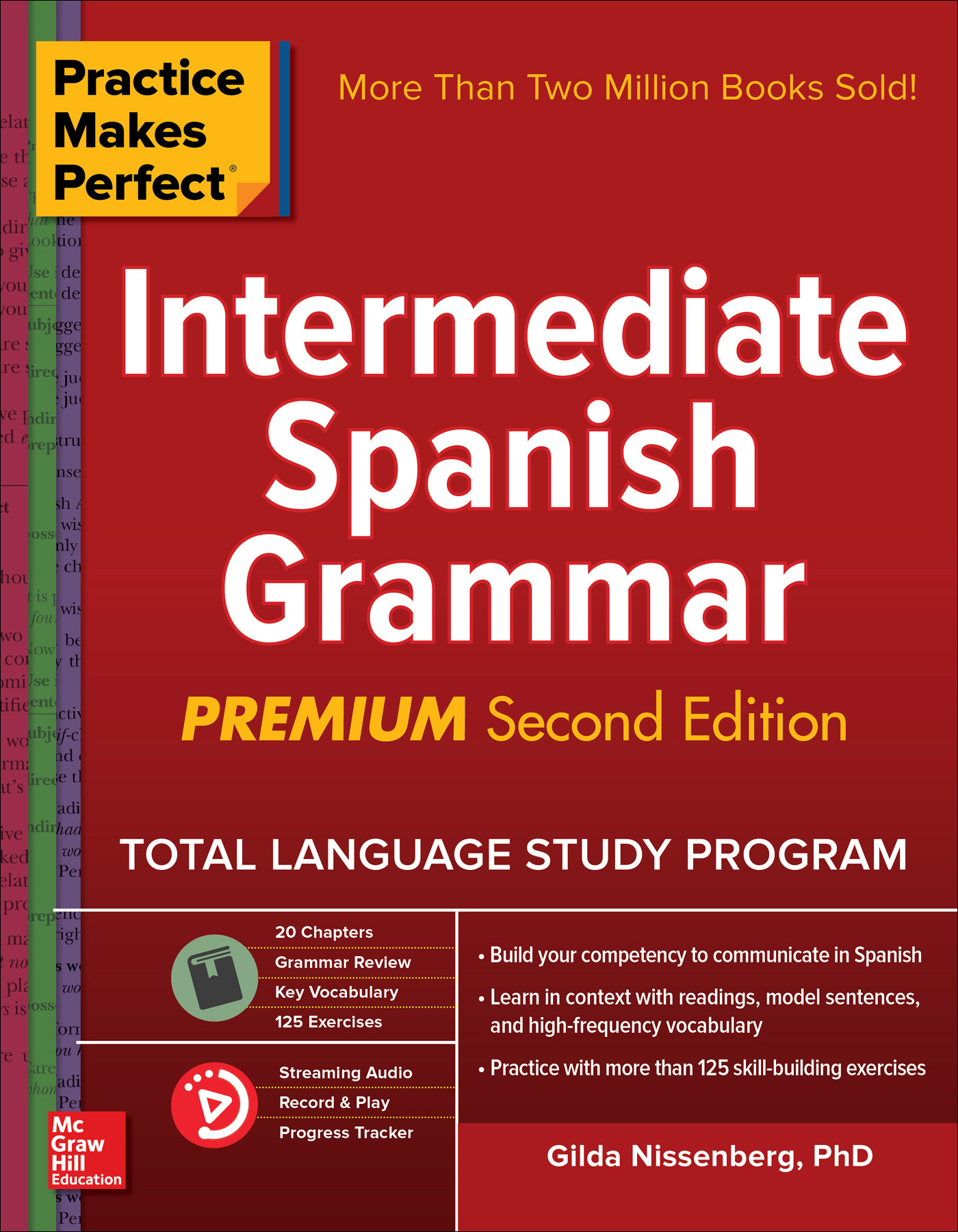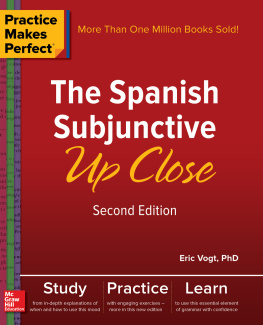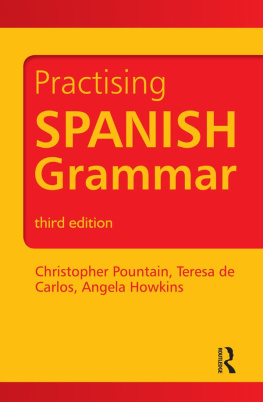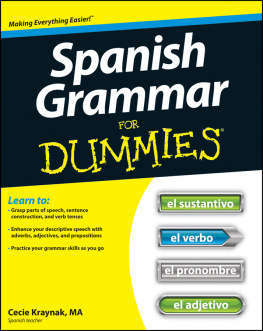Contents
Guide
Page List


Copyright 2019 by McGraw-Hill Education. All rights reserved. Except as permitted under the United States Copyright Act of 1976, no part of this publication may be reproduced or distributed in any form or by any means, or stored in a database or retrieval system, without the prior written permission of the publisher. ISBN: 978-1-26-012170-4
MHID: 1-26-012170-4 The material in this eBook also appears in the print version of this title: ISBN: 978-1-26-012169-8,
MHID: 1-26-012169-0. eBook conversion by codeMantra
Version 1.0 All trademarks are trademarks of their respective owners. Rather than put a trademark symbol after every occurrence of a trademarked name, we use names in an editorial fashion only, and to the benefit of the trademark owner, with no intention of infringement of the trademark.
Where such designations appear in this book, they have been printed with initial caps. McGraw-Hill Education eBooks are available at special quantity discounts to use as premiums and sales promotions or for use in corporate training programs. To contact a representative, please visit the Contact Us page at www.mhprofessional.com. McGraw-Hill Education, the McGraw-Hill Education logo, Practice Makes Perfect, and related trade dress are trademarks or registered trademarks of McGraw-Hill Education and/or its affiliates in the United States and other countries and may not be used without written permission. All other trademarks are the property of their respective owners. McGraw-Hill Education Language Lab App Audio recordings and flashcards are available to support your study of this book. McGraw-Hill Education Language Lab App Audio recordings and flashcards are available to support your study of this book.
Go to the iTunes or Google Play app stores to download the free mobile app for iOS and Android devices. A web version of this application is also available at mhlanguagelab.com. See the inside front cover for more details about the features of this app. TERMS OF USE This is a copyrighted work and McGraw-Hill Education and its licensors reserve all rights in and to the work. Use of this work is subject to these terms. Except as permitted under the Copyright Act of 1976 and the right to store and retrieve one copy of the work, you may not decompile, disassemble, reverse engineer, reproduce, modify, create derivative works based upon, transmit, distribute, disseminate, sell, publish or sublicense the work or any part of it without McGraw-Hill Educations prior consent.
You may use the work for your own noncommercial and personal use; any other use of the work is strictly prohibited. Your right to use the work may be terminated if you fail to comply with these terms. THE WORK IS PROVIDED AS IS. McGRAW-HILL EDUCATION AND ITS LICENSORS MAKE NO GUARANTEES OR WARRANTIES AS TO THE ACCURACY, ADEQUACY OR COMPLETENESS OF OR RESULTS TO BE OBTAINED FROM USING THE WORK, INCLUDING ANY INFORMATION THAT CAN BE ACCESSED THROUGH THE WORK VIA HYPERLINK OR OTHERWISE, AND EXPRESSLY DISCLAIM ANY WARRANTY, EXPRESS OR IMPLIED, INCLUDING BUT NOT LIMITED TO IMPLIED WARRANTIES OF MERCHANTABILITY OR FITNESS FOR A PARTICULAR PURPOSE. McGraw-Hill Education and its licensors do not warrant or guarantee that the functions contained in the work will meet your requirements or that its operation will be uninterrupted or error free. Neither McGraw-Hill Education nor its licensors shall be liable to you or anyone else for any inaccuracy, error or omission, regardless of cause, in the work or for any damages resulting therefrom.
McGraw-Hill Education has no responsibility for the content of any information accessed through the work. Under no circumstances shall McGraw-Hill Education and/or its licensors be liable for any indirect, incidental, special, punitive, consequential or similar damages that result from the use of or inability to use the work, even if any of them has been advised of the possibility of such damages. This limitation of liability shall apply to any claim or cause whatsoever whether such claim or cause arises in contract, tort or otherwise.
Preface
Practice Makes Perfect: Intermediate Spanish Grammar is designed to provide a user-friendly way to study and practice Spanish grammar at the intermediate level, especially for the self-taught learner. Users of this book will continue building their competency to communicate in Spanish. Each chapter provides an easy way to understand explanations of grammar usage, by comparisons with English grammar when needed and clear examples that illustrate and clarify the grammatical explanations.
The exercises that follow each section provide ample opportunity to practice with clear language and allow the self-learner to practice without having to search for many new words. This new edition is supported by flash cards for all vocabulary lists throughout the book, as well as extensive streaming audio, available through the McGraw-Hill Education Language Lab app. The recordings provide answers to more than 120 exercises in this book. If your device has the capability, your own responses can be recorded to compare against the models provided by native-speakers. The best way to acquire more knowledge and improve writing and speaking in Spanish is to practice and improve our own knowledge in order to communicate clearly with Spanish speakers. Lets practice now!
Subject pronouns and the present tense
You have learned that in English and Spanish there are three grammatical personsfirst, second, and thirdin both singular and plural.
Pronouns are used to replace the name of a person or object.
Subject pronouns
Lets review the subject pronouns in Spanish.

The chart shows that, except the first person singular and the formal
you, subject pronouns have both feminine and masculine forms. When a plural includes both masculine and feminine, the masculine form is used.

The familiar plurals
vosotros and
vosotras are used in most regions of Spain;
ustedes is the familiar plural used in most of the rest of the Spanish-speaking world.
Ud. and
Uds. are abbreviations of the formal subject pronouns.
The context will clarify whether to use the familiar or the formal pronoun.  By addressing a man as Seor, you are showing this is a formal context. The word chicos, on the other hand, implies familiarity. You probably have learned that subject pronouns are usually omitted in Spanish because the verb endings clarify both person and number. However, the subject pronoun is used if the subject is not clear, or if there is a need for emphasis.
By addressing a man as Seor, you are showing this is a formal context. The word chicos, on the other hand, implies familiarity. You probably have learned that subject pronouns are usually omitted in Spanish because the verb endings clarify both person and number. However, the subject pronoun is used if the subject is not clear, or if there is a need for emphasis.  When used as the subject in an indefinite sentence, it has no equivalent subject pronoun in Spanish.
When used as the subject in an indefinite sentence, it has no equivalent subject pronoun in Spanish. 






 Copyright 2019 by McGraw-Hill Education. All rights reserved. Except as permitted under the United States Copyright Act of 1976, no part of this publication may be reproduced or distributed in any form or by any means, or stored in a database or retrieval system, without the prior written permission of the publisher. ISBN: 978-1-26-012170-4
Copyright 2019 by McGraw-Hill Education. All rights reserved. Except as permitted under the United States Copyright Act of 1976, no part of this publication may be reproduced or distributed in any form or by any means, or stored in a database or retrieval system, without the prior written permission of the publisher. ISBN: 978-1-26-012170-4 The chart shows that, except the first person singular and the formal you, subject pronouns have both feminine and masculine forms. When a plural includes both masculine and feminine, the masculine form is used.
The chart shows that, except the first person singular and the formal you, subject pronouns have both feminine and masculine forms. When a plural includes both masculine and feminine, the masculine form is used.  The familiar plurals vosotros and vosotras are used in most regions of Spain; ustedes is the familiar plural used in most of the rest of the Spanish-speaking world. Ud. and Uds. are abbreviations of the formal subject pronouns.
The familiar plurals vosotros and vosotras are used in most regions of Spain; ustedes is the familiar plural used in most of the rest of the Spanish-speaking world. Ud. and Uds. are abbreviations of the formal subject pronouns.  By addressing a man as Seor, you are showing this is a formal context. The word chicos, on the other hand, implies familiarity. You probably have learned that subject pronouns are usually omitted in Spanish because the verb endings clarify both person and number. However, the subject pronoun is used if the subject is not clear, or if there is a need for emphasis.
By addressing a man as Seor, you are showing this is a formal context. The word chicos, on the other hand, implies familiarity. You probably have learned that subject pronouns are usually omitted in Spanish because the verb endings clarify both person and number. However, the subject pronoun is used if the subject is not clear, or if there is a need for emphasis.  When used as the subject in an indefinite sentence, it has no equivalent subject pronoun in Spanish.
When used as the subject in an indefinite sentence, it has no equivalent subject pronoun in Spanish. 